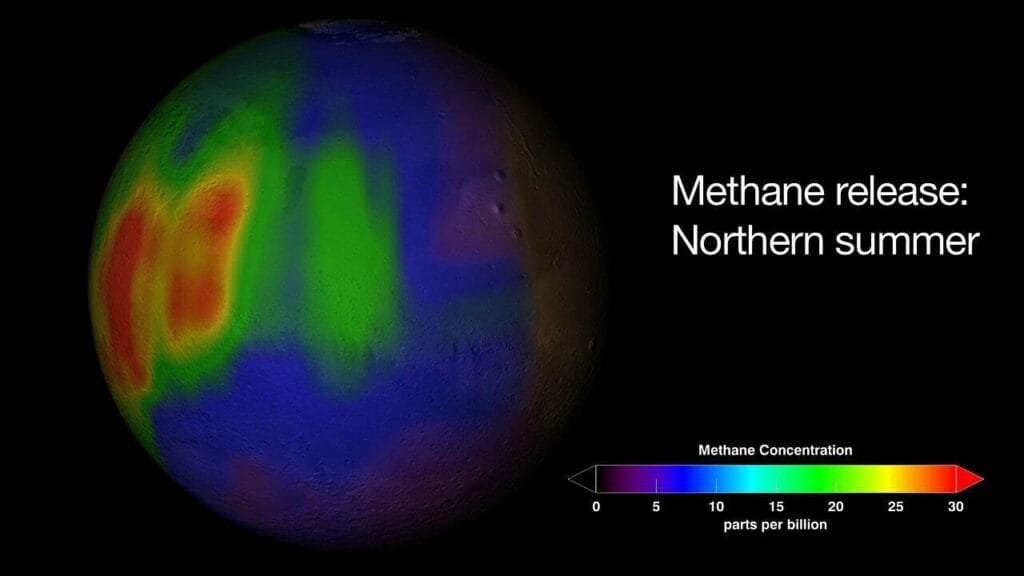McGill University researchers have discovered that methane emissions in Montreal are not evenly spread across the city.
During a comprehensive four-year monitoring program, the researchers identified over 3,000 methane hotspots, with the east end of Montreal exhibiting the highest concentrations of methane.
Among the major sources of methane pollution identified was the city’s largest snow dump, emitting methane levels comparable to those of landfills and natural gas leaks.
Associate Professor Peter Douglas, a co-author of the study from the Department of Earth and Planetary Sciences, emphasized the significant impact of methane on global warming, stating that each molecule of methane has about 32 times the warming effect of a molecule of carbon dioxide (CO2).
To address these emissions effectively, Douglas highlighted the importance of pinpointing their sources accurately.
According to McGill University, Montreal, like many cities, only provides estimated emission data. In response, the researchers employed mobile monitoring techniques to gather more precise information.
The study spanned four years, covering 3,300 square kilometers within Montreal and some sites beyond the city, such as the Saint-Sophie landfill.
By utilizing a device that measures carbon dioxide and methane levels every second, the researchers were able to collect air samples and track emission patterns.
Notably, the study revealed that inactive landfills and the Francon Quarry, where Montreal’s largest snow dump is located, were significant contributors to methane emissions. The melting snow in the area could also harbor microbes that release additional methane.
Furthermore, the researchers observed a higher frequency of gas leaks in the east end of Montreal, leading to elevated emission levels. Douglas explained that older infrastructure and increased population density in that area contributed to the prevalence of gas leaks.
Through focused monitoring of specific areas over a period of ten weeks, the researchers identified persistent methane hotspots and fluctuations in emission levels. Wind data helped them pinpoint the precise sources and locations of methane emissions.
McGill University plans to continue monitoring methane emissions to track seasonal variations in emission levels.



